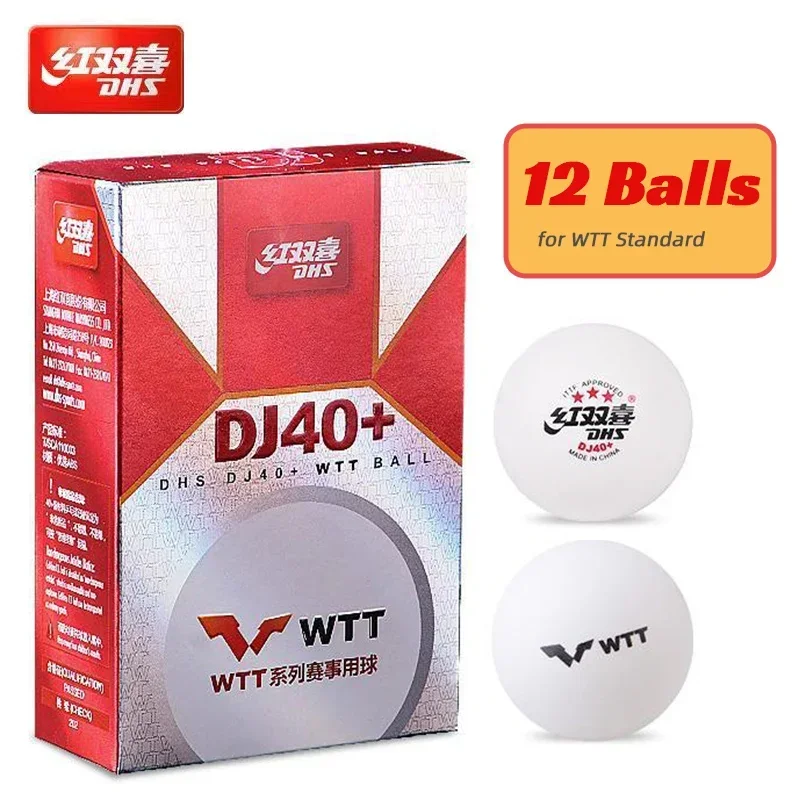What is the Best Thickness for a Yoga Mat?
When choosing a yoga mat, thickness is a crucial factor that can affect your comfort, support, and overall experience. Here's a guide to the different thicknesses and their benefits:
1-3 mm: These ultra-thin mats are lightweight, portable, and ideal for travel. They provide a firm surface for basic poses but may not offer enough cushioning for more dynamic practices.
4-6 mm: Standard thickness mats offer a balance of support and comfort. They are suitable for most yoga styles, including beginner-friendly practices and more vigorous flows.
7-10 mm: Thicker mats provide maximum cushioning and support, making them ideal for those with joint pain, sensitive knees, or who prefer a softer surface. These mats are also great for restorative and yin yoga.
12-15 mm: Extra-thick mats are designed for those who need extra support and cushioning. They are great for senior practitioners, those recovering from injuries, or anyone looking for maximum comfort during their practice.
Choosing the Right Thickness:
Consider your body type, fitness level, and yoga style when selecting a mat thickness. Generally, thinner mats are better for active practices like vinyasa, while thicker mats are more suitable for restorative and yin yoga.
FAQs:
- What is the best thickness for beginners? 4-6 mm
- What thickness is good for joint pain? 7-10 mm
- What is the most durable yoga mat thickness? 12-15 mm
- What thickness is best for hot yoga? 1-3 mm
- What thickness is ideal for restorative yoga? 7-10 mm
Hot Selling Yoga Mats:
- Manduka eKO Lite 5mm Yoga Mat
- Lululemon The Reversible Mat 5mm
- Gaiam Performance Dry-Grip Yoga Mat 5mm
- JadeYoga Harmony Mat 7mm
- B Yoga Mat Strong 13mm
Pre:What is the definition of soul in yoga
Next:What does it mean to go commando











